Guercino in Turin: an itinerary among the works
In the strutting, superb Turin, in the sunny splendor of the Savoy square next to the Royal Palace, within the cozy halls of Palazzo Chiablese, stands a luminous and splendid exhibition, perhaps unexpected but for that reason surprising and magnificent, that squares to the excited viewer a series of vivid and absolute masterpieces by Giovanni Francesco Barbieri, known as Guercino (Cento 1591 - Bologna 1666), who stands-at the center of the 17th century-as a meeting point in the grand theater that saw on the European stage the leading personalities of Rubens, Rembrandt and Diego Velasquez. It was the latter, in 1629, who ran the itinerary of his first trip to Italy to pay direct homage to the already famous and revered master of Cento in his small town.
Undoubtedly certain critical and social events this year have placed in a light of great merit the painter who overcame all creative and luministic obstacles after the deaths, within the first decade of the seventeenth century, of Annibale Carracci and Caravaggio. Guercino prince, then, and such he remains in the visitors of the exhibition, who are increasingly inflamed in the flow of the rooms by the various and vibrant canvases narrating history and prodigies.
The exhibition takes place thanks to the enhancement of the heritage of the Royal Museums, accompanied by the Ecclesiastical Authority, where Guercino’s works have been cared for and restored to the highest attention. It is only intended here to mention the centuries-long continuous enrichment in the city of the paintings of the centesan, which has occurred through historical personalities of rank and continuous purchases. Thus now Turin can boast of a relevant role in the field of studies and merits concerning the European seventeenth century.
In the call, however, the singular title of the Exhibition stands out: Guercino. The Painter’s Craft, and we must give credit to this decisive determination of the organizers and curators, which brings a painter to life “from within” and leads the visitor to participate in the conjectures, choices and acts that an artist must make when faced with doing. First of all by nurturing himself, and then by advancing each time in the creative process, where always differently the many elements of culture and visual ability must be gathered, selected and placed “in unum” in the work to be delivered. And it is good to see that Guercino makes the first delivery to himself, to his complacency, then transmitting it intact to the patrons but in fact to all generations: he, so fast in the work “who drafted and finished together.”
Special praise goes to the curators, Annamaria Bava and Gelsomina Spione, who have structured the exhibition beautifully and support it with their essays of excellent prose. There are ten sections and their rhythm concatenates the whole exhibition, increasing interest. We have thus composed a tour itinerary, choosing for each section one or more representative works.
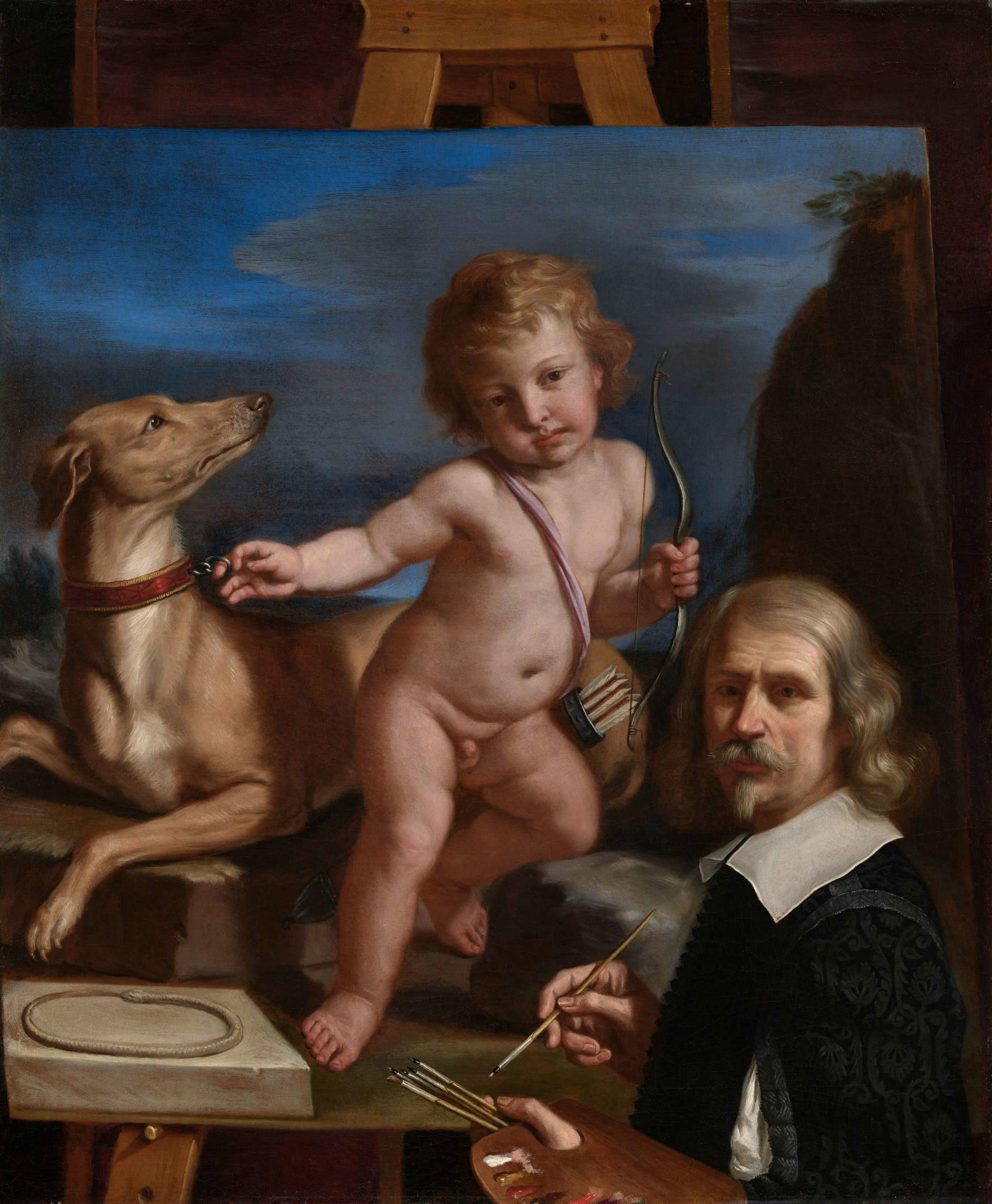
The great centesian was soon courted by cardinals and princes, was a papal painter in Rome in his early thirties, had commissions from the Courts of Europe throughout his life, but did not disdain country churches and humble devotions.
I. How a painter is formed: comparison with the masters
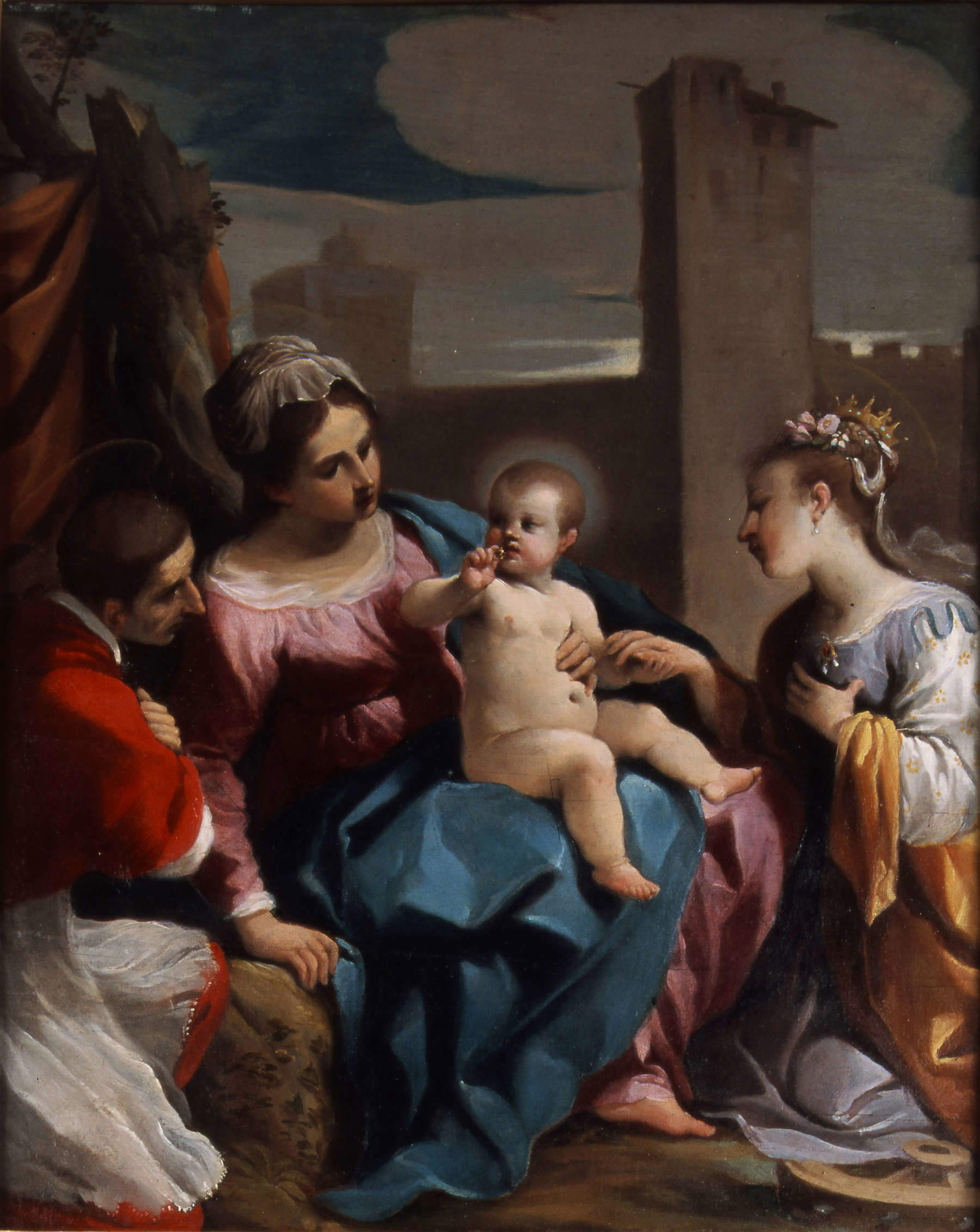
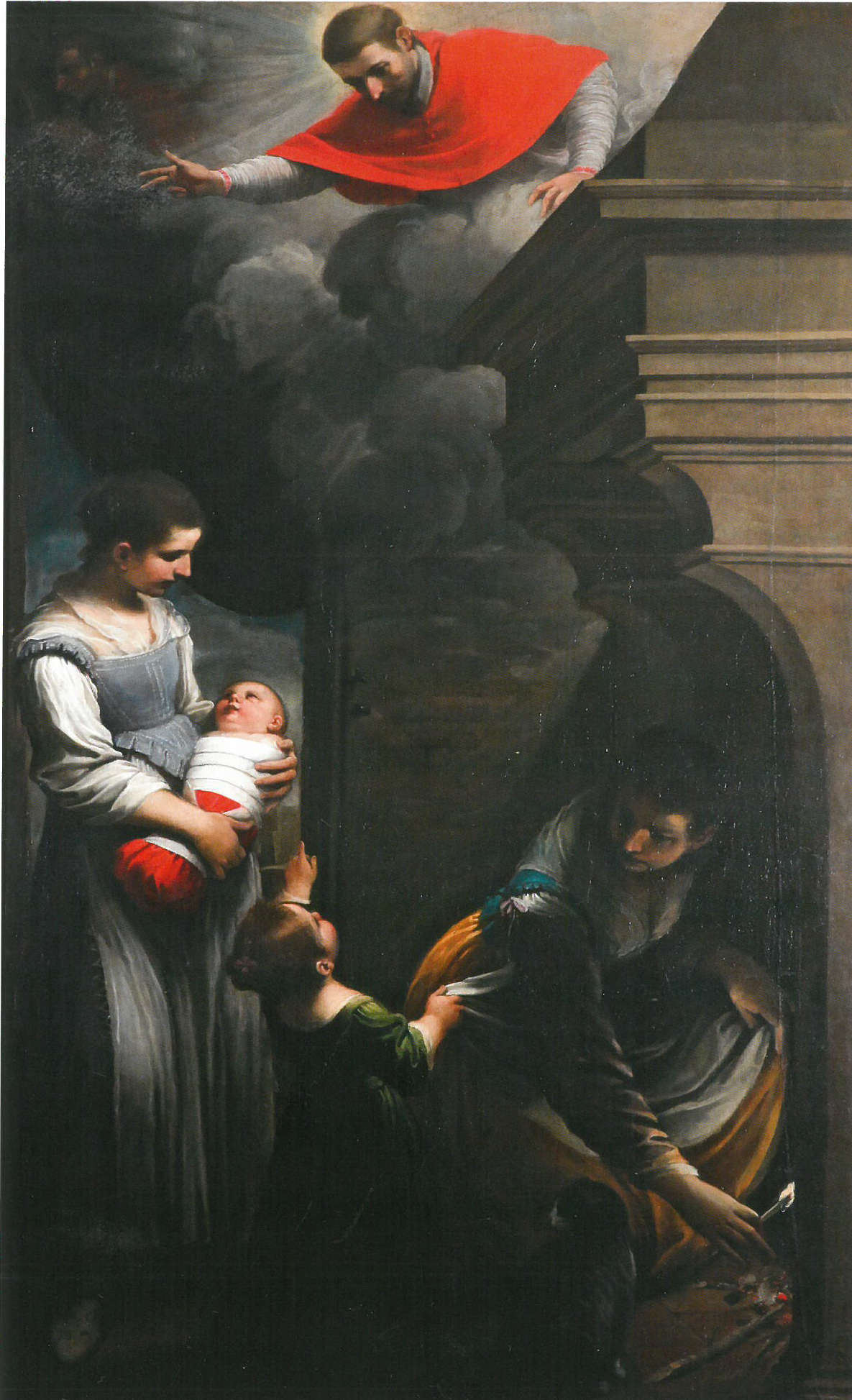
In the small panel with the Infant Jesus, the enchantments of Emilian painting are concentrated, from the Ferrara neighbors (Bononi, Scarsellino) to the distant echoes of Correggio, always beloved. In the Renazzo miracle the participatory enchantment, entrusted to the softening of lights, and the domestic naturalness of the popular family already appear in fullness.
II. Representing reality: Guercino and the landscape
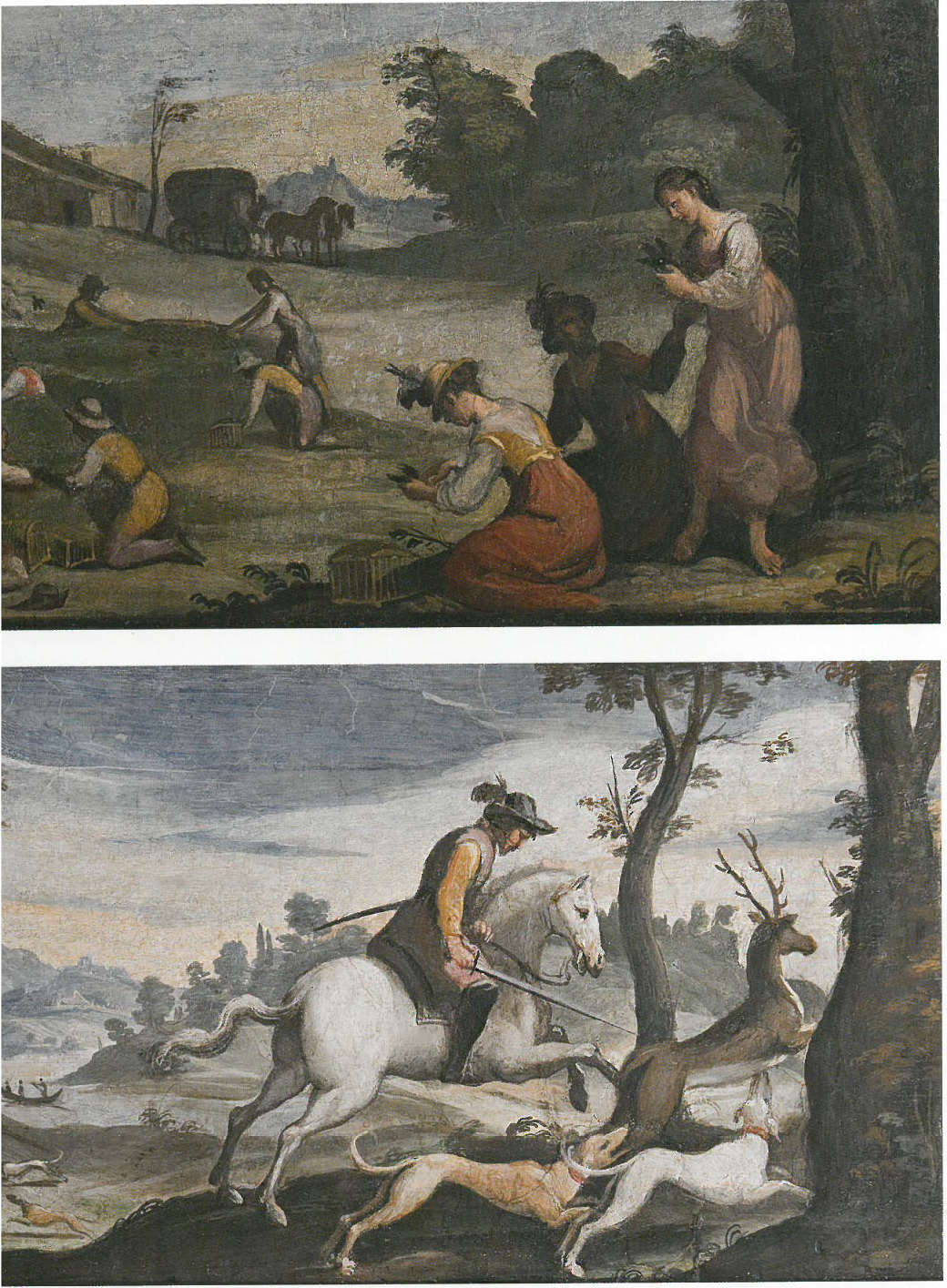
Here the reality of the flat landscape, which has in the background the blue mountain visions, and the spontaneous gestures of the gatherers and hunters, conveys an amiable and fragrant immediacy.

Magnificent naturalistic sweep over free events of festive jubilation. The reality of plants and skies with chromatic force gives an intimately livable atmosphere. Guercino’s incessant repeated drawings of open subjects with various human activities are to be remembered.
III. From pupil to master: the Academy of the Nude
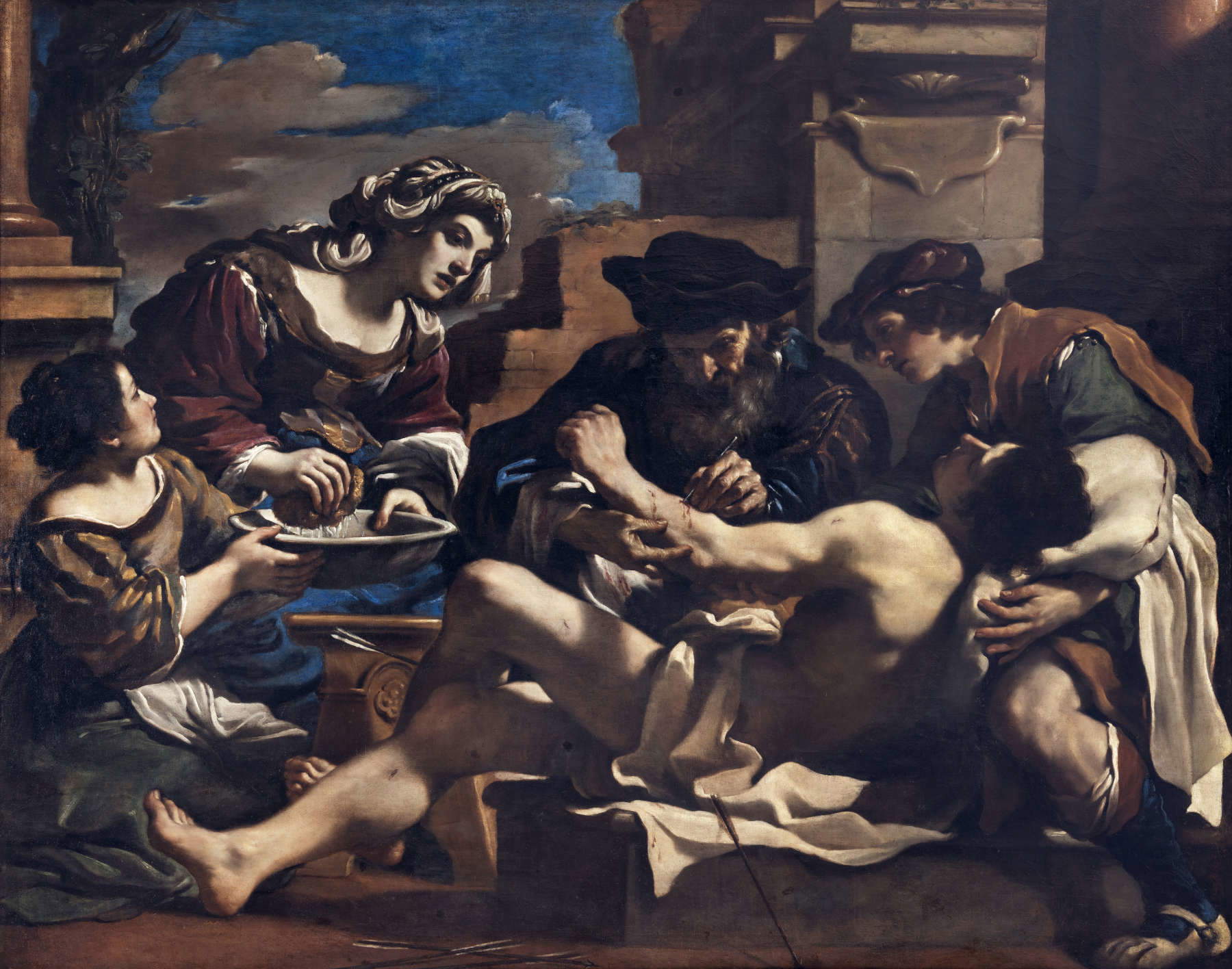
This section of the exhibition concentrates the large number of reliefs from the nude, with even extreme and careful particularisms, that come from the Accademia del Nudo opened in Cento by Barbieri according to the urgency of visual possession of the human body much felt by the young painter. This painting is one of the resounding “summae” of the so-called Guercinesque galliard manner, which gave it a very wide fame, recognized as miraculous by Ludovico Carracci. Here the unexpected device of bodies, segmented by the last mighty light of a sunset after martyrdom, becomes absolute mastery.
IV. The painter’s achievement: travel, relationships, commissions
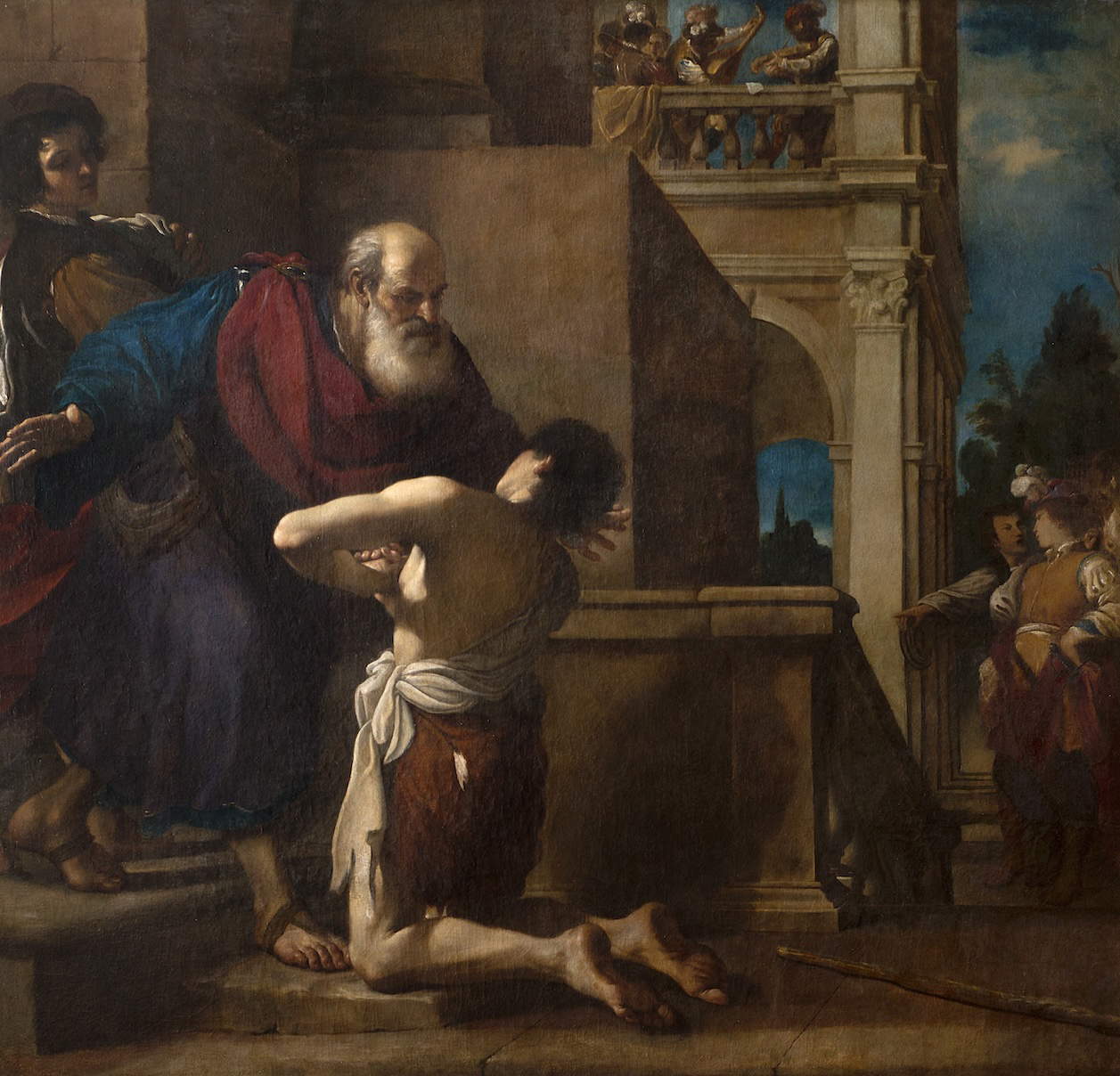
This subject, acclaimed even at the time of execution, landed early at the Galleria Sabauda in Turin and opened a stream of interest in the Piedmontese capital. Admiration for Guercino came out of that dislocative force that forces our participating eye to move within the painting following the actions of the characters. The feedback of the close-up of the encounter alongside the fleeing perspective of “coming from afar” was also very strong. The painting has become the exhibition logo.
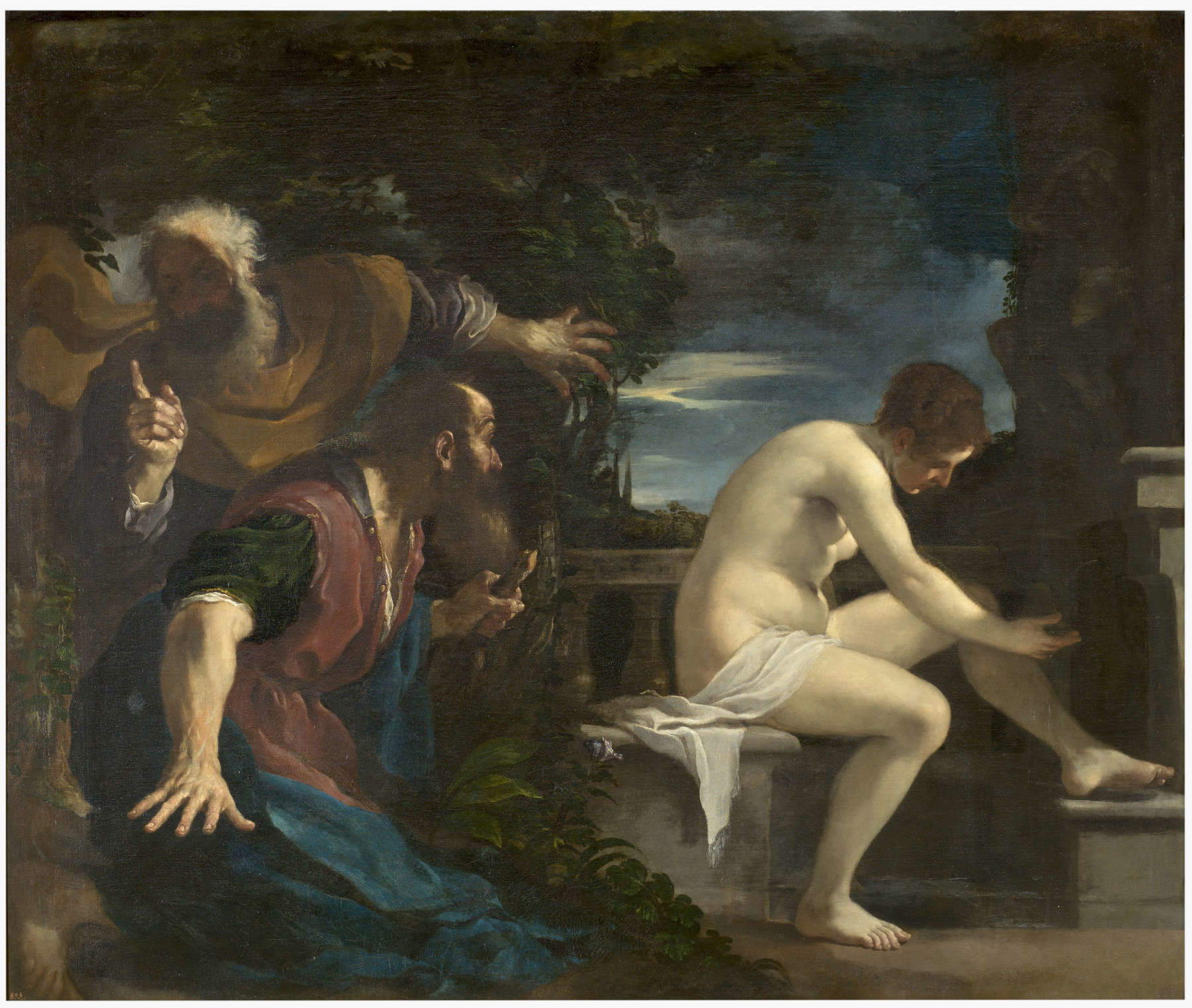
Emblematic work of the directing move of young Guercino, where all the contrasting elements play to the articulated effect of the whole. This section is very rich and documents the European reach already achieved by the author. The Madrid court also acquired “Lot and the Daughters,” which is present in the exhibition with other large canvases.
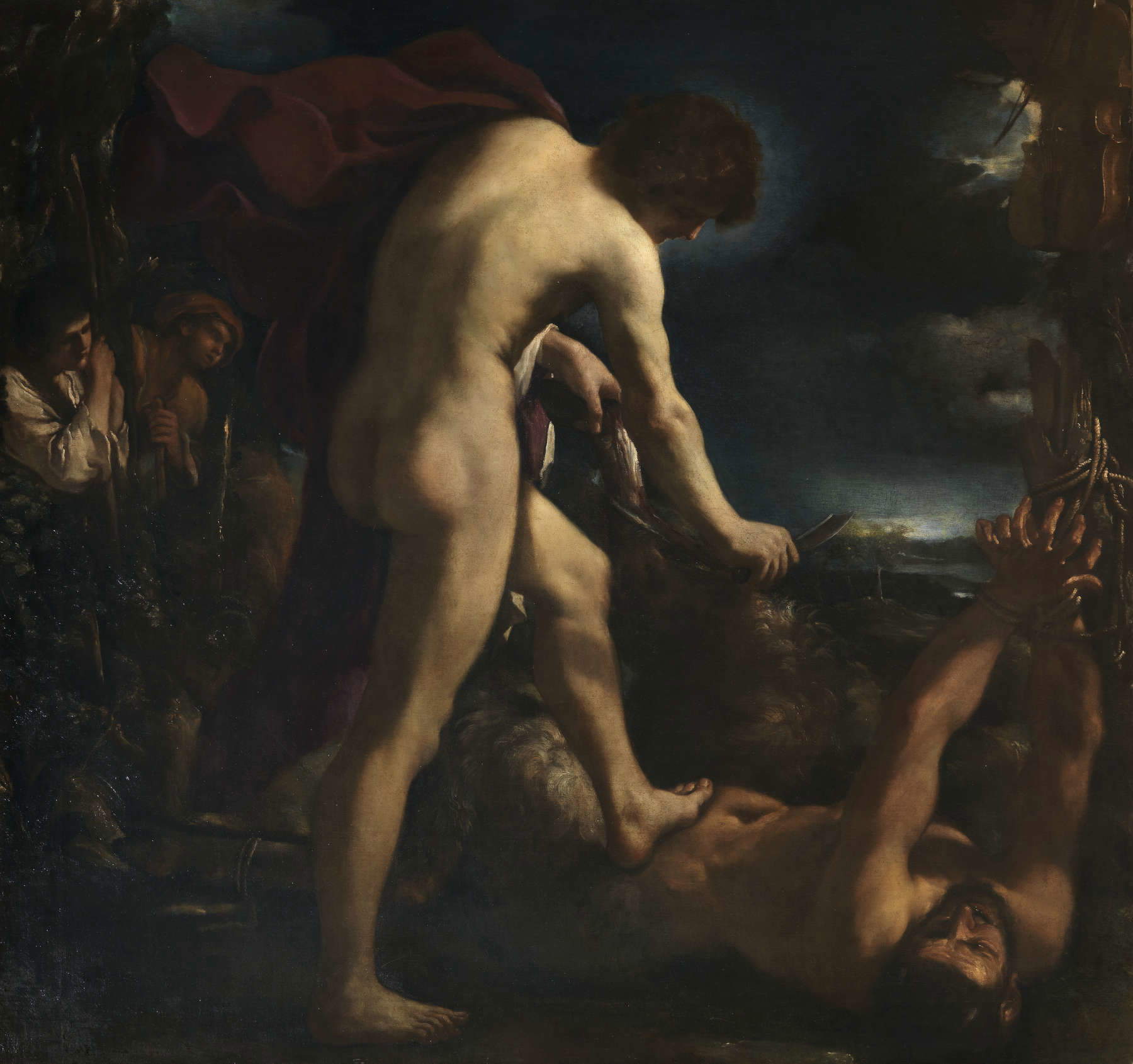
One of the great “palace” paintings required by the Medici court. In reality there was, around Guercino’s activity, a continuous web of maneuvering moved by cardinals, nobles and restless emissaries, tense about reservations and purchases, even subtractions of subjects. Here the pious centesan imposes a moral message in the grandeur of the naked god of the arts who has vanquished his savage rival, while in the shadows the two shepherds recall the transience of human things.
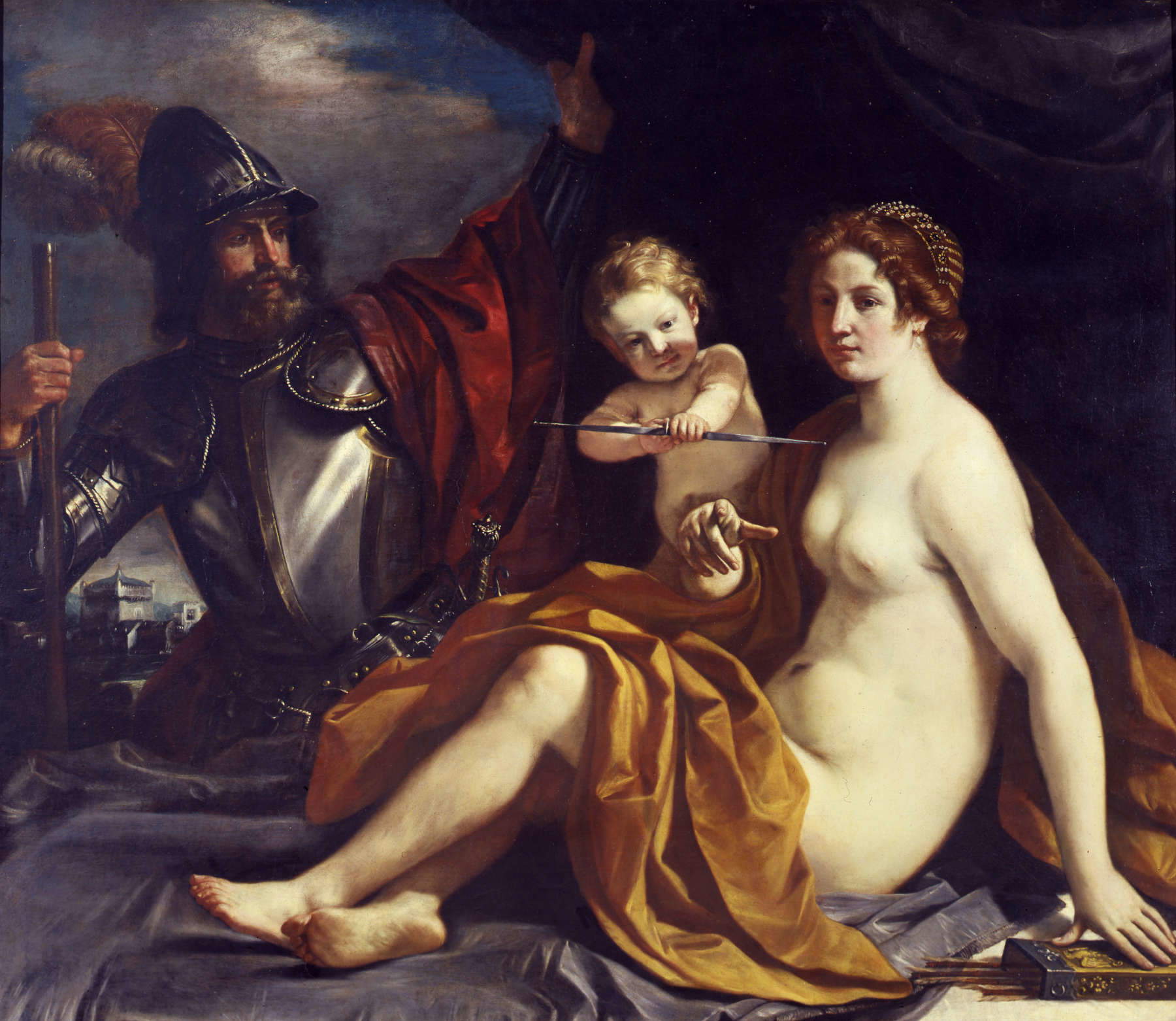
An almost fraternal relationship was formed between Francesco I d’Este, Duke of Modena, and Giovanni Francesco Barbieri, our painter, so that some particularly happy works by the latter came to illustrate the grand palace of Avanzini in the city and the pompous Villa of Sassuolo. We see the classic mythological trio, with its many hidden messages, laid out with a splendor of surfaces and material gladness of a master of the highest class. And let us not forget that the arrow of Love and the sign of the goddess, in powerful foreshortening, indicate that great affections are for us, that is, for all.
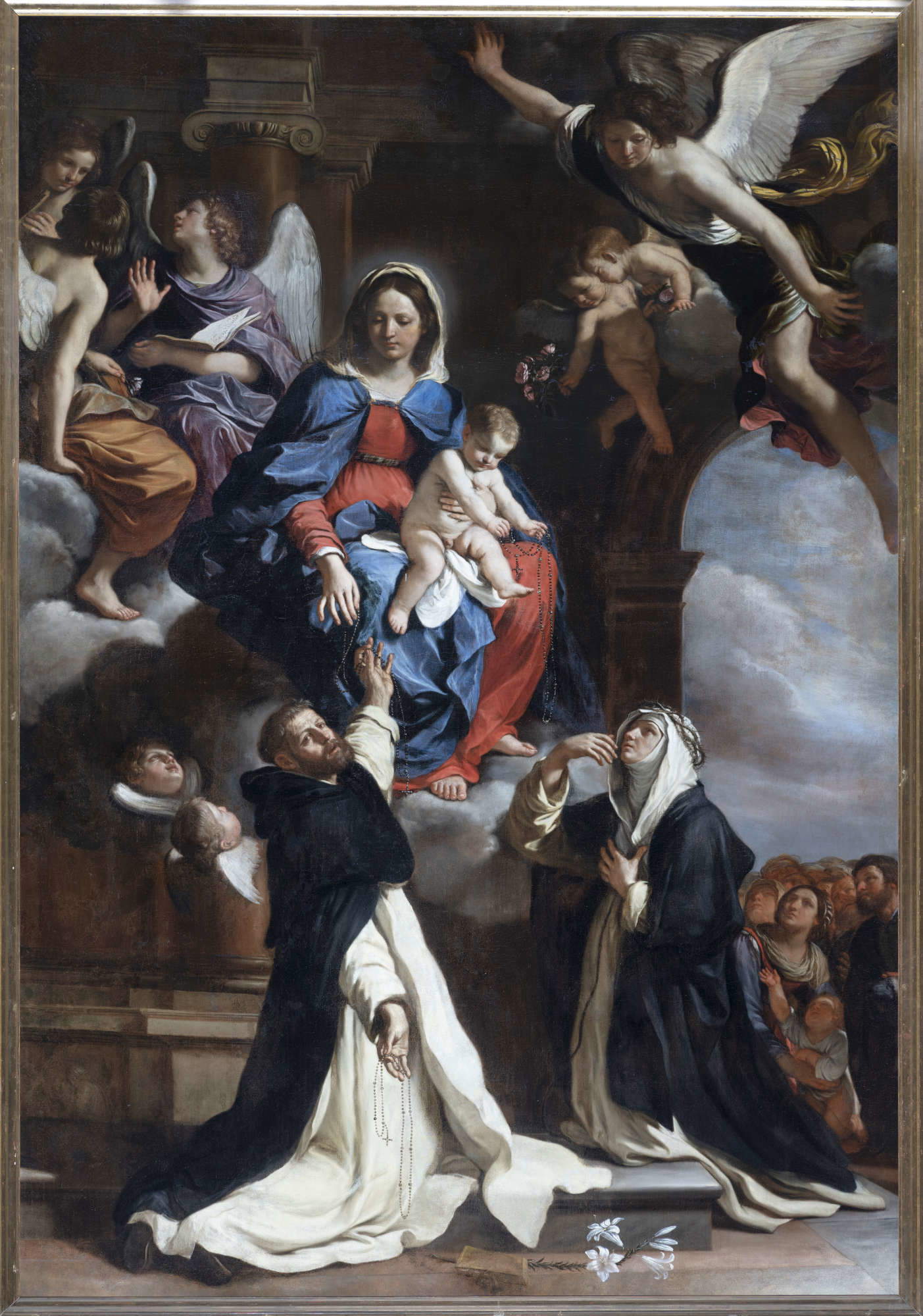
Just as the “Return of the Prodigal Son” had enjoyed the solicitation of Duke Charles Emmanuel I, so this glorious altarpiece had the supports of Marquis Dal Pozzo of Voghera and Duke Victor Amadeus I of Savoy at the confraternity of the Most Holy Rosary of Turin: a very strong league, in short, to have a visual “monimentum” almost four meters high in the presence of the City. And Guercino’s inexhaustible elaboration has given us a dazzling didactic and impetrative staircase between earth and heaven, rich in certainty and consolation, that places it among the highest exemplars of Christian prayer. A true gem in the exhibition.
V. In the artist’s workshop: nature and posed objects
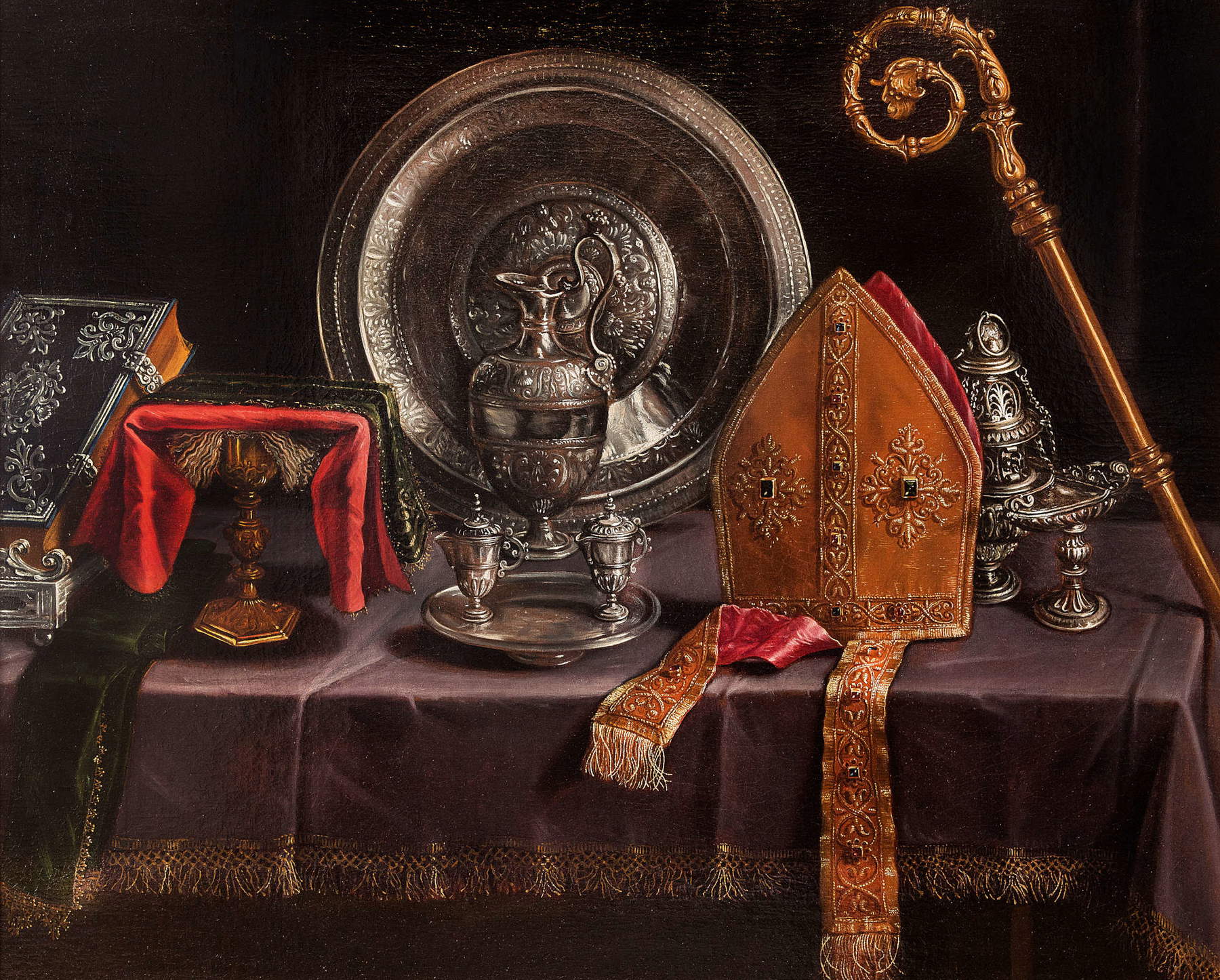
This section is devoted to “still painting”: objects, fruit, vendors. The protagonist in the workshop was Paolo Antonio, Guercino’s beloved brother, who favored precisely material, silent subjects, on which he achieved truly exceptional skill. Stunning is this vision, to be endlessly observed, which captures the arcane silence of ancient Byzantine etimasies in the sacred instruments of the liturgy awaiting the Priest. A marvel recently secured for the city of Cento by enlightened entrepreneurs.
VI. The creative process: invention, repurposing of models, copies
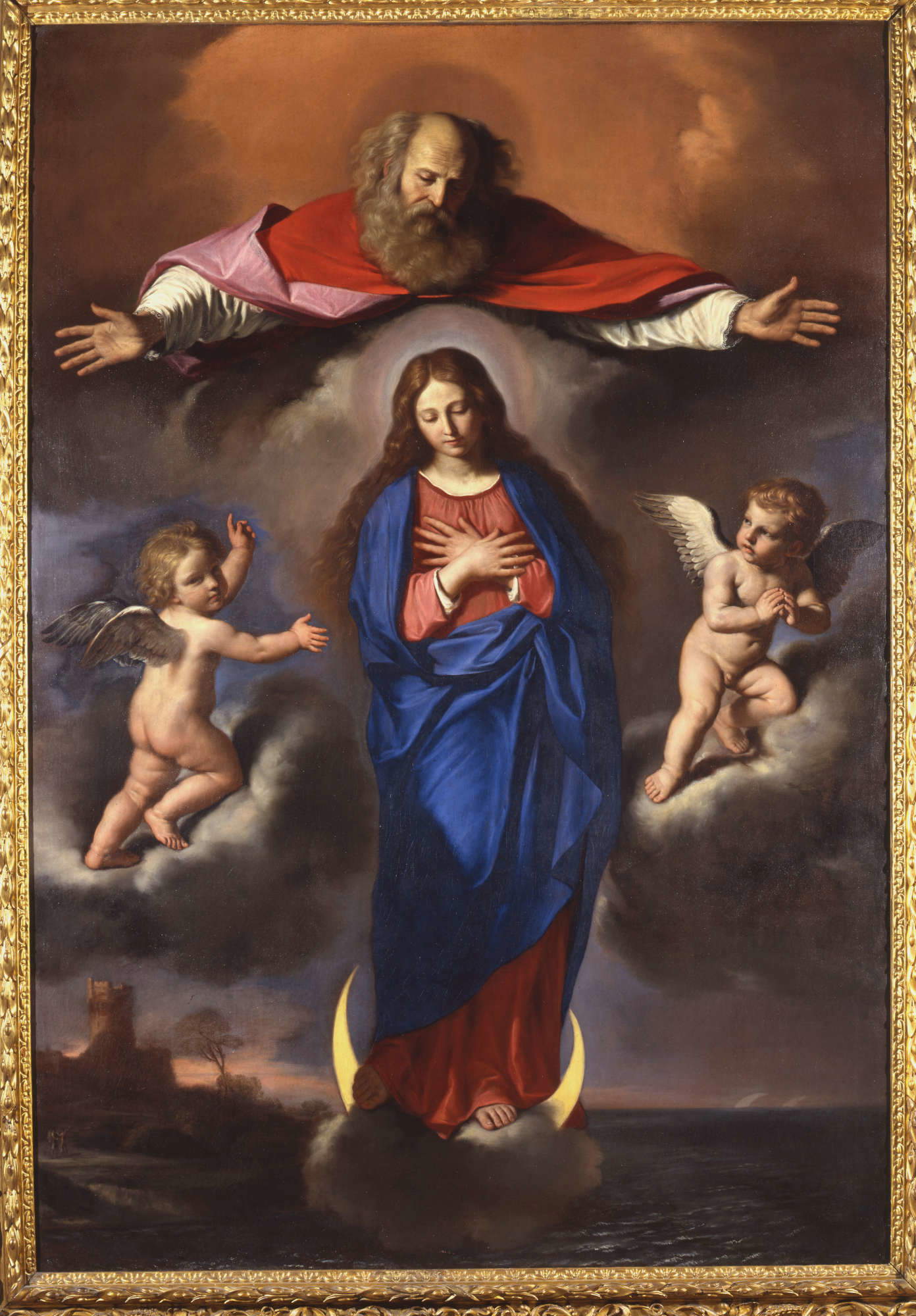
The section in truth is extensive and at length demonstrative, dealing with agreements with patrons, iconographic research through the many drawings, definitions, and then the copies, which were made in the same studio of the master by authorized collaborators; and never sold before the release of the subject-mother. A real small industry very well organized. In the “Immaculate Conception” of Ancona we contemplate one of these distinguished models, of placated breadth: an altarpiece for the faithful’s loving relationship with Mary and the Father.
VII. The price of works and the market
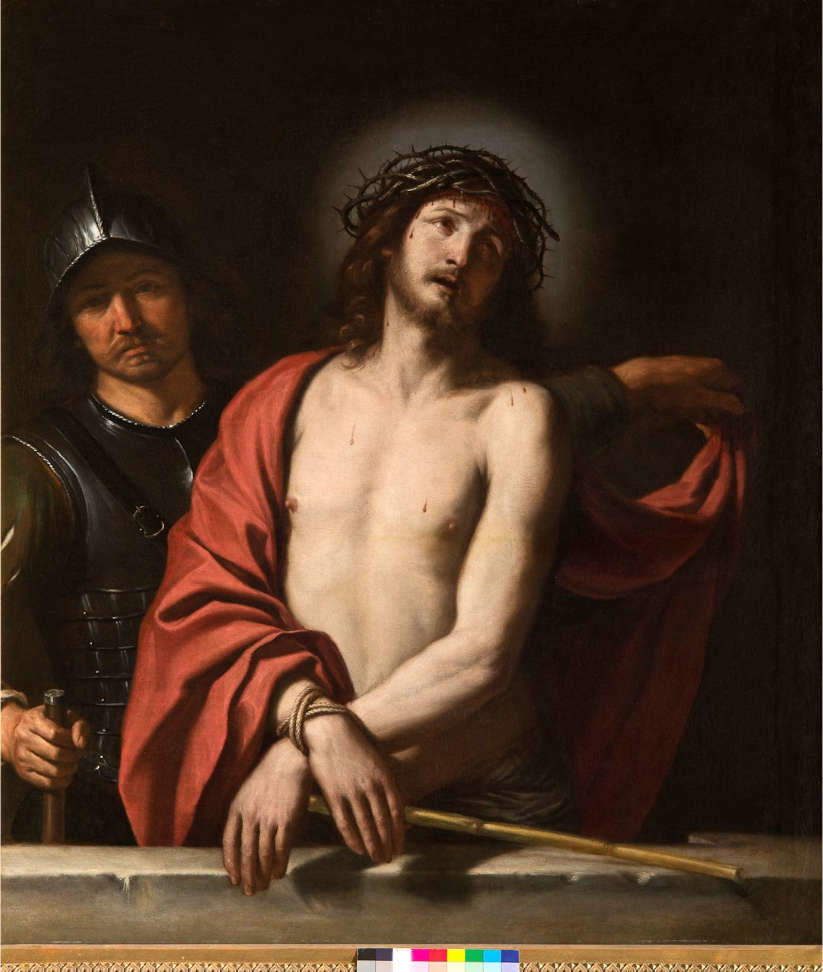
Barbara Ghelfi’s insightful survey of contracts and payments runs through a series of works, especially from his maturity, including the incisive “Head of Mars” and the stirring “Saint Francis Receiving the Stigmata” (so beloved by Sir Denis Mahon), to demonstrate Guercino’s unchallenged fortune on the international market and the dense demands he received . The master even refused to go and paint at the Court of Charles I of England. This “Ecce Homo” confirms the close connection with Turin, albeit through a gift. Here we can grasp the intimate pathos of Giovanni Francesco Barbieri, good Christian and well mèmore than Correggio, who participates in the sacrificial offering of Christ and also in the questioning restraint of the trepid Centurion.
150
VIII. The world around the painter: science vs. magic.
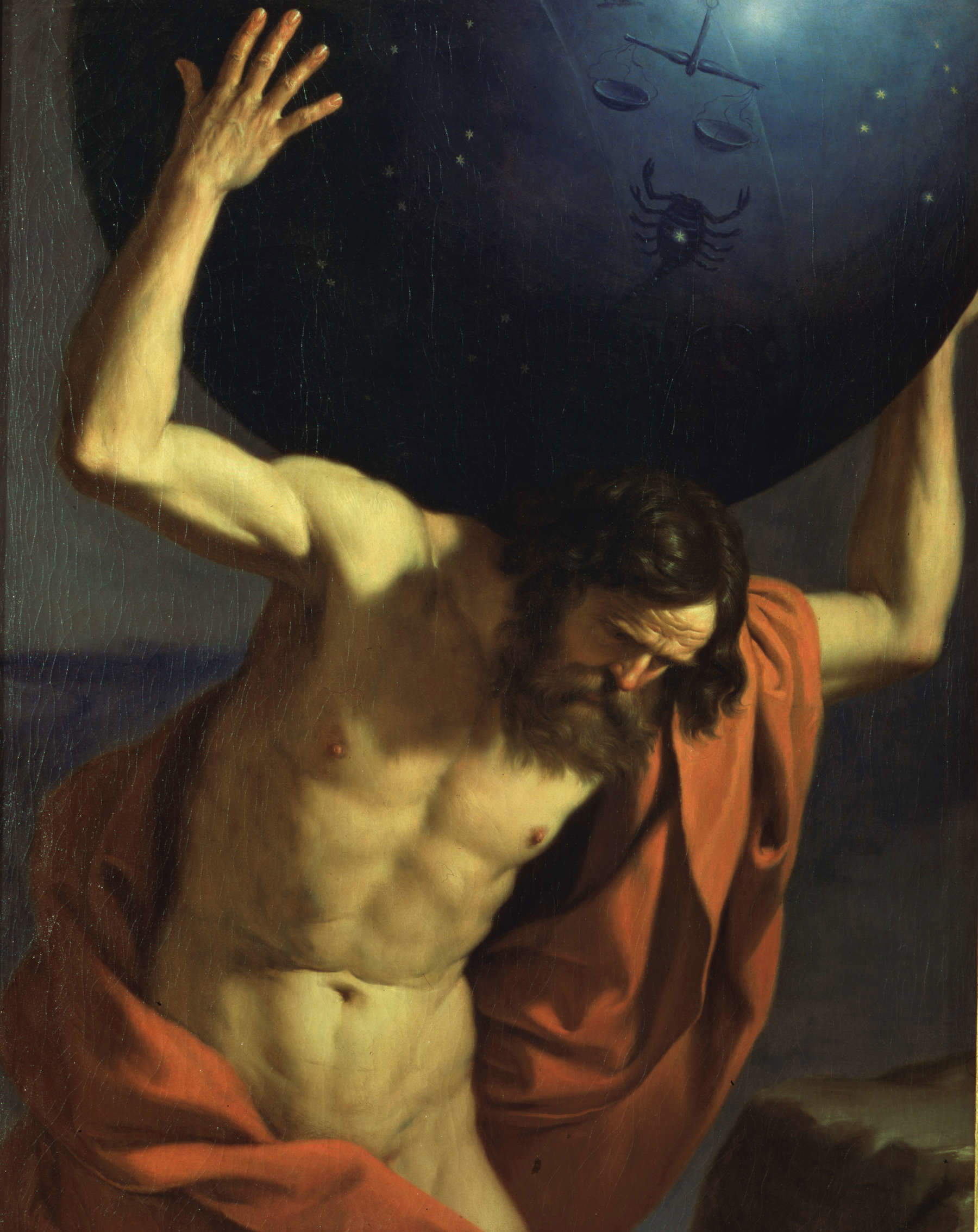
Curious and interesting passage in the exhibition is Guercino’s juxtaposition of the sciences, which were undergoing a strong evolution in his century. He, beginning in his Roman years (1621-1623), had knowledge of Galileo’s achievements by taking an interest in optics and astronomy, but his forays, especially in drawing, often slipped between astrology and magic. This atlas, executed for the Most Serene Prince Don Lorenzo de’ Medici bears the astrological symbols of Sagittarius, Libra and Scorpio, likely referring to the fortunes of the noble patron.
IX. The grand theater of painting

The expression “grand theater” should not be addressed so much to the various drawings where Guercino shows spaces, perspectives and crowds (also an interest of completeness in the artist) but much more precisely to the active declamation of the pictorial characters, acting, performing movement, pouring out passions and appeals. In this He is the grand master who fully engages us observers, and inevitably makes us participants in the events taking place. Here St. Francis, extremely sorrowful because of the stigmata he received, asks heaven for relief from the torments of his body, and the good Lord sends him a musician angel, but - the Fioretti say - as soon as the heavenly violinist had played a single note, Francis was already in a state of ecstasy and begged God to suspend such delight, since he could not humanly have sustained its extreme sweetness. A painting, this one, that aroused universal sympathy and the highest admiration.
X. A successful theme: Sibyls and Femmes Fortes
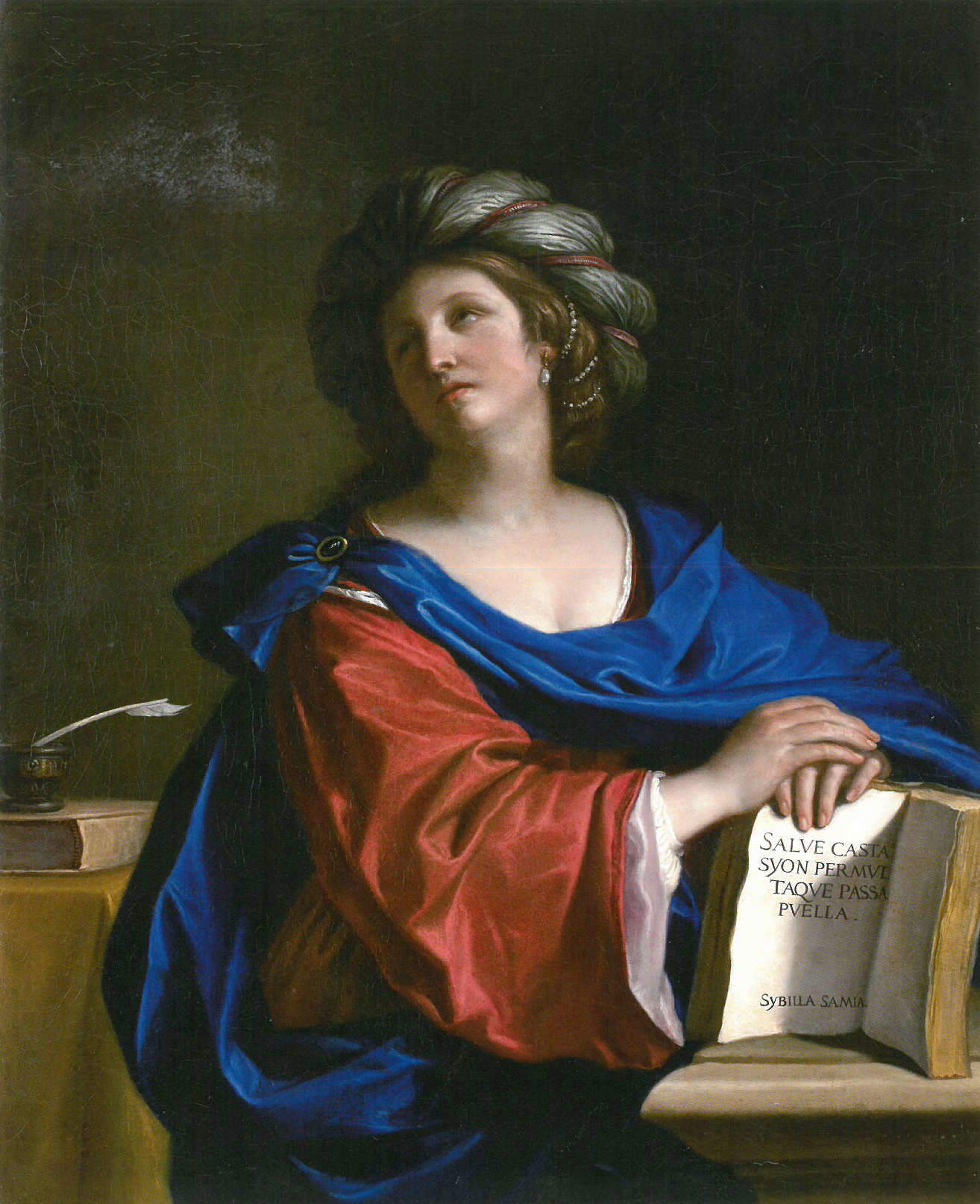
At the close of the Exhibition, which records more than one hundred exhibits, this Section was created dedicated to the vaticinii of the Sibyls and the Femmes Fortes, that is, to those who were continually protagonists of History: bearers of virtue, wisdom, fortitude and beauty. For them is reserved this “G major finale,” we might say. The various images range from the Hebrew Bible to Homeric poems, from the Aeneid to Roman history, from mythology to the early Gospels, not forgetting astrology and the meritorious lives of Christian saints. Guercino’s grand production never forgot such subjects, which are now offered to visitors in splendid versions. To the prophetess of Samos our painter gives with open facóndia a broad and sumptuous cloak of ultramarine blue, that color beloved above all others, and costly to the utmost, certainly sensing the value of the sibylline response that vaticinates the sacred role of the future Jerusalem.
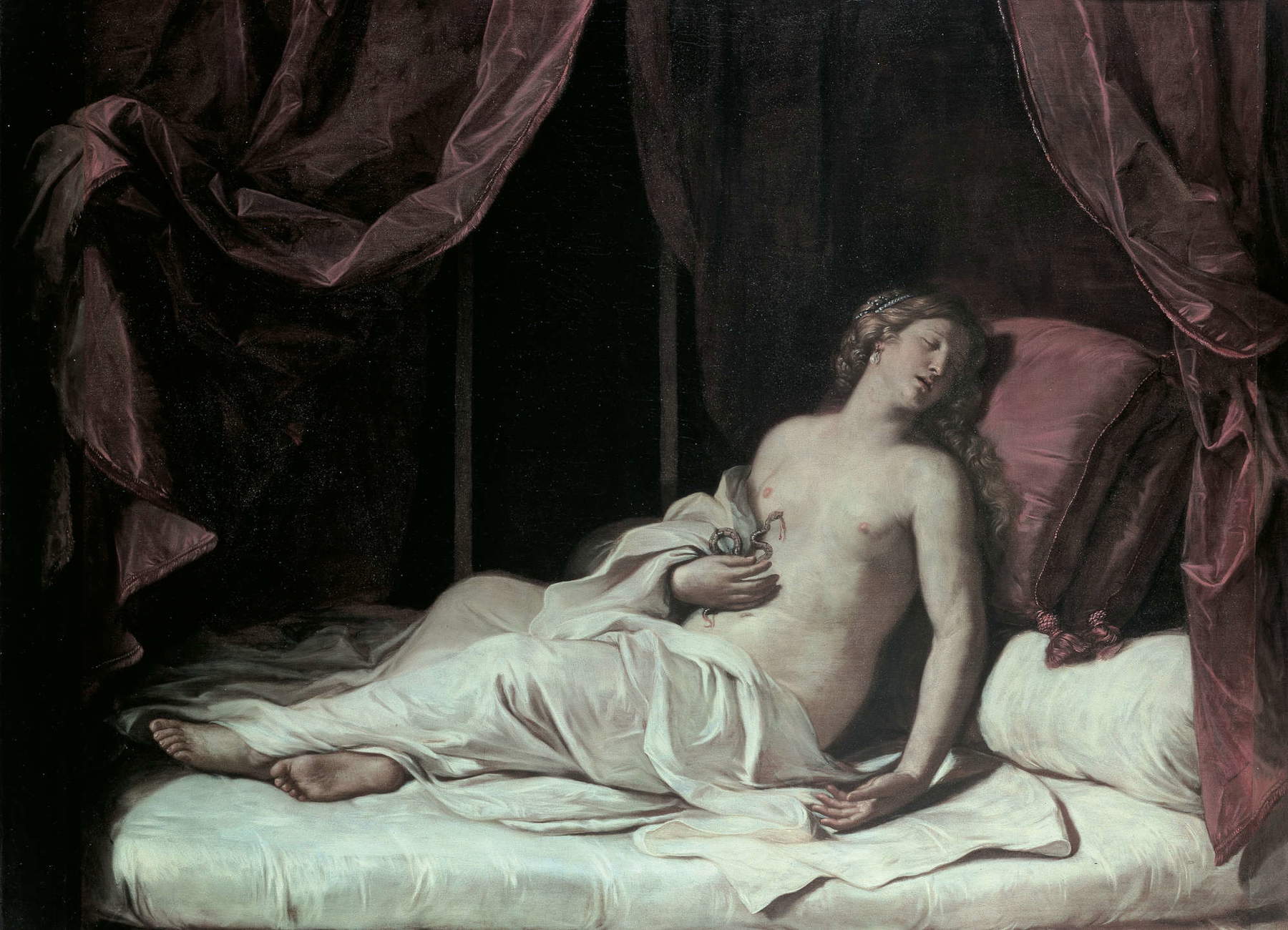
The last image, placed almost as if to draw the visitor in a total pictorial embrace, is entrusted in grandiose dimension with the death of the Queen of Egypt, who thus refused to submit to Octavian’s empire. Guercino worked intensely on such an “exemplum virtutis” as it was considered by the noble family of Durazzo, and studied in drawing different solutions. The painting was finally completely gathered around Cleopatra’s solitude and her abandonment to a destiny no longer earthly. The tender and warm colors of the extreme thalamus and the sweetness of the sovereign’s last sleep express all the great painter’s sentimental genius.
Warning: the translation into English of the original Italian article was created using automatic tools. We undertake to review all articles, but we do not guarantee the total absence of inaccuracies in the translation due to the program. You can find the original by clicking on the ITA button. If you find any mistake,please contact us.



























